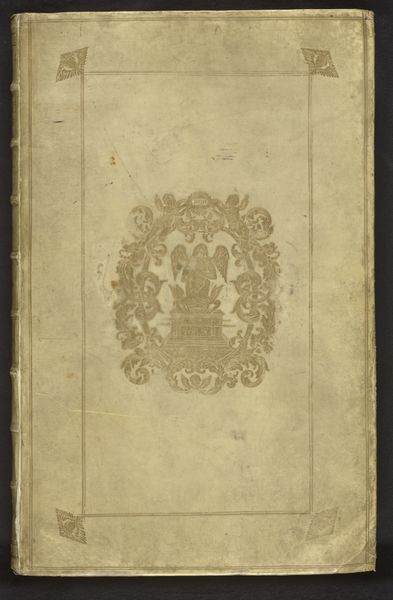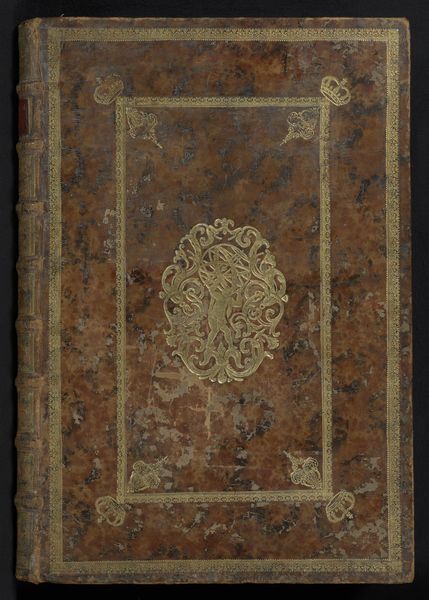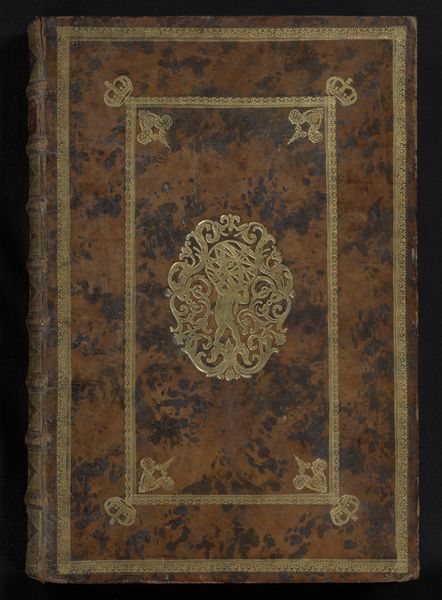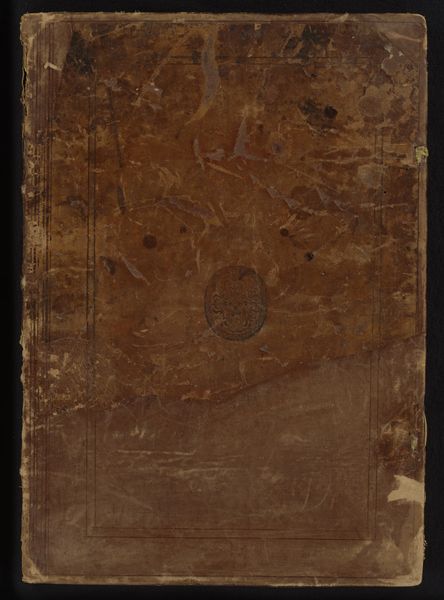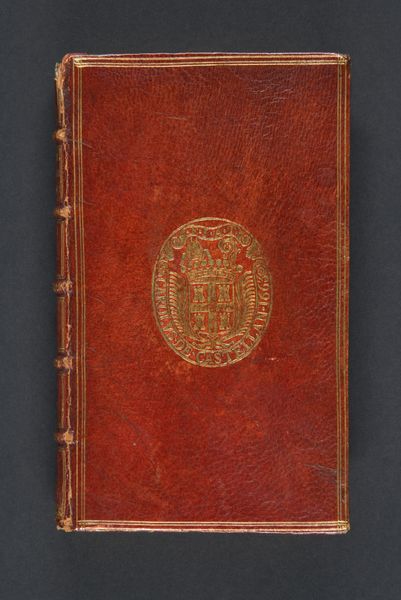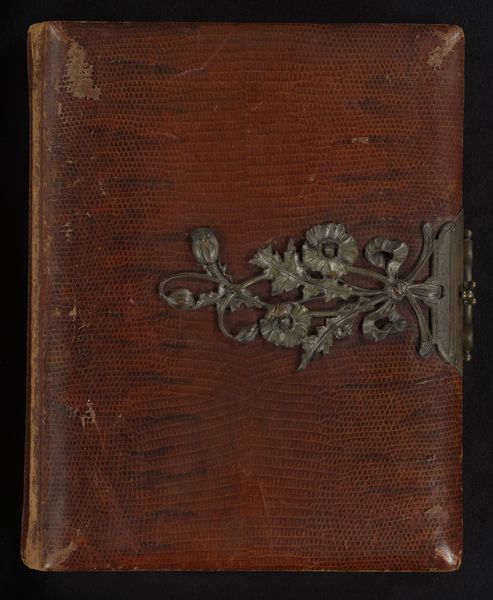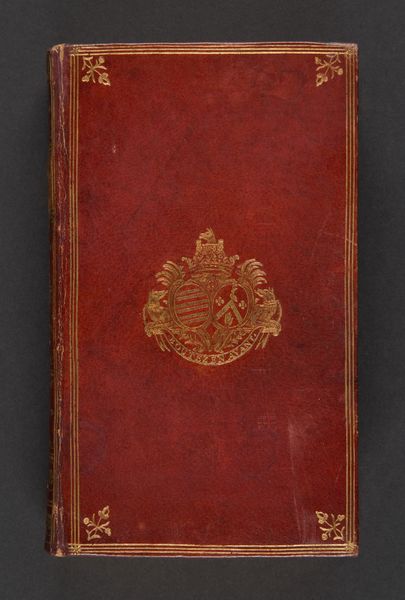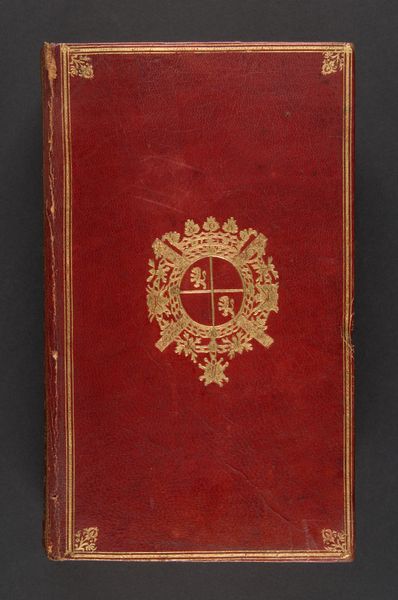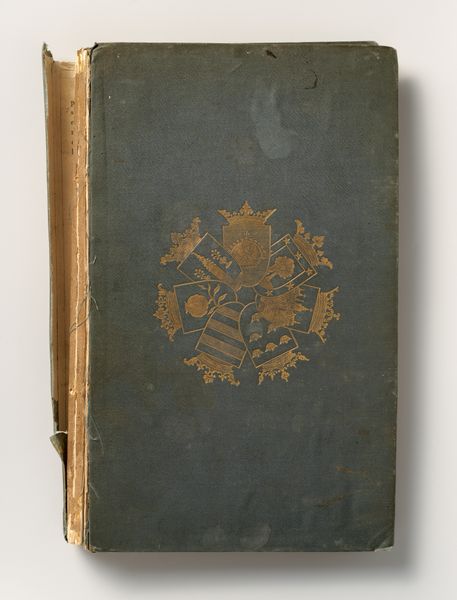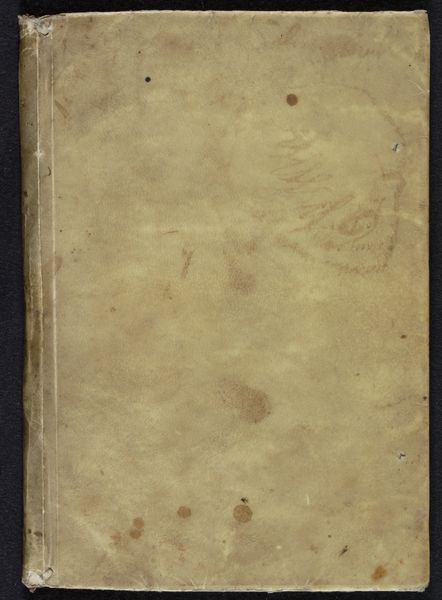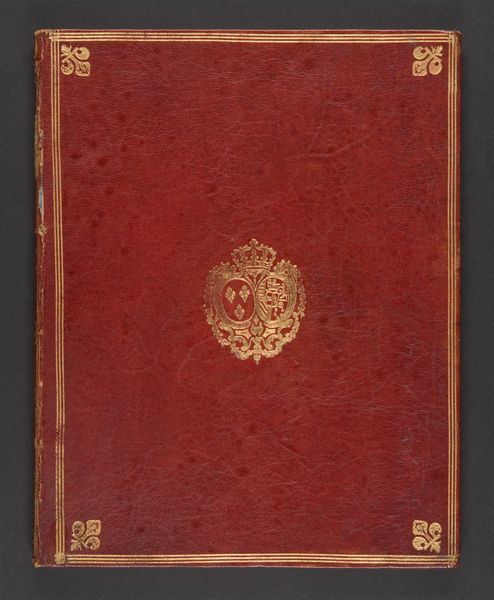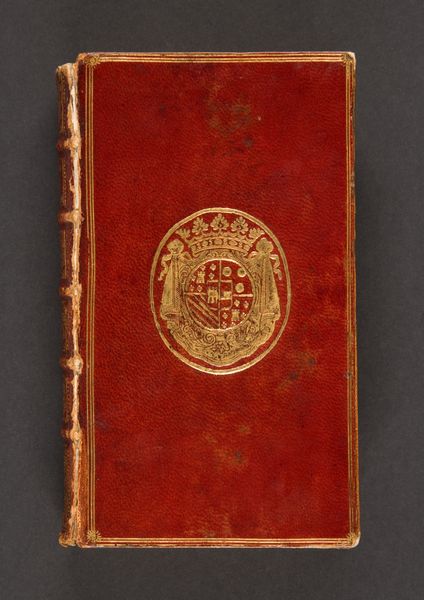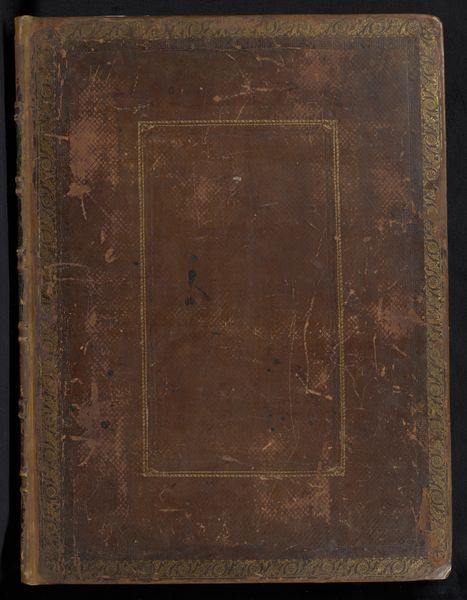
Historie des Ouden en Nieuwen Testaments ('De Grote Bijbel van Mortier') 1700
0:00
0:00
print, paper, engraving
# print
#
paper
#
engraving
Dimensions: height 454 mm, width 300 mm, thickness 80 mm, height 440 mm, width 275 mm
Copyright: Rijks Museum: Open Domain
Editor: Here we have "Historie des Ouden en Nieuwen Testaments," or "De Grote Bijbel van Mortier," made in 1700 by Pieter Mortier, using engraving on paper. It's really striking to see how something so old has aged. What are your initial thoughts? Curator: This piece compels us to consider the complex relationship between religion, power, and representation in the 18th century. These bibles were luxury items, indicative of wealth and social standing. But beyond the object itself, what stories do you think the images within told, and more importantly, who controlled the narrative? Editor: I see your point. So it’s not just a bible, but a carefully constructed statement about authority and the role of religion in society? Curator: Exactly. And think about the implications. In a time of strict social hierarchies, access to and interpretation of these stories reinforced existing power structures. How do you see the visual choices - the ornate designs, the scale, the presentation – contributing to this effect? Editor: The ornamentation and the detail on the cover suggest that this object was incredibly precious. I'm also struck by the angelic figures—they seem to mediate between the divine and the earthly realms. Curator: Precisely. These symbols aren't neutral; they reinforce a specific ideology. Looking at it today, what responsibilities do you think we have in unpacking that historical context? Editor: I think we have a responsibility to think critically about the object's intended purpose and who benefitted from the ideas it promoted. It's more than just a religious text; it’s a cultural artifact shaped by power dynamics. Curator: It's a lens through which we can examine broader historical narratives around faith, class, and representation. This makes me question my own historical perspective and the systems of power that are embedded in this museum itself. Editor: Absolutely, viewing this work makes it clear that examining art and its historical context is crucial for a thorough understanding of our past. Thank you for sharing.
Comments
No comments
Be the first to comment and join the conversation on the ultimate creative platform.
